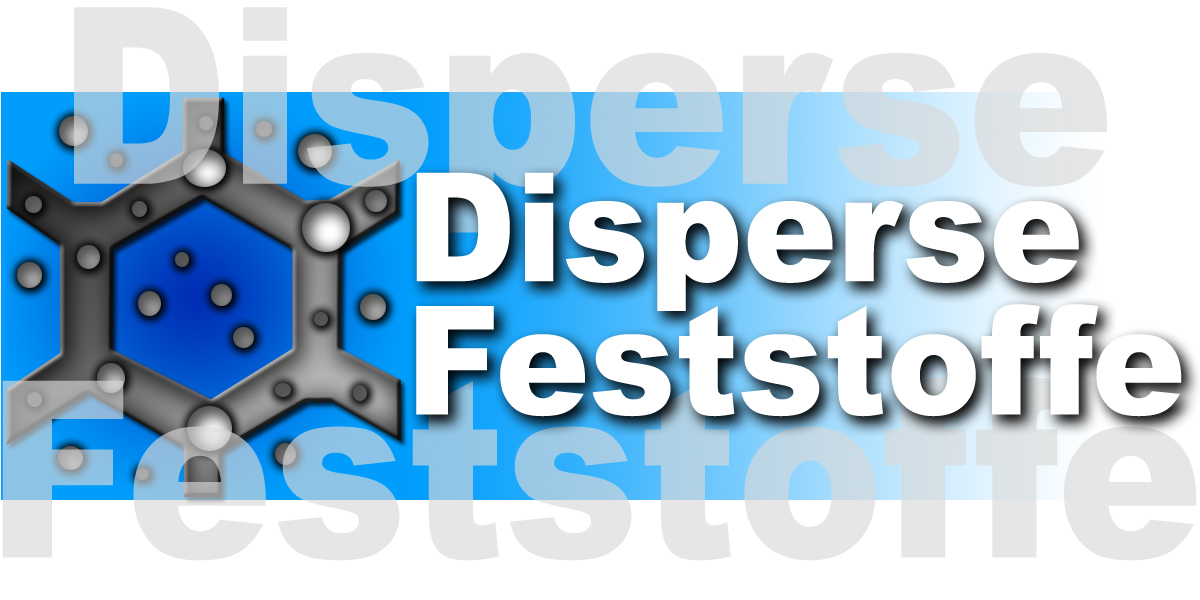Polymer-derived ceramics (PDCs) can be obtained upon pyrolysis of suitable inorganic polymers in inert or reactive atmosphere.[1-3] An important characteristic of PDCs is the strong relationship between the molecular structure and chemistry of the polymers, their processing and the nanostructure and properties of the resulting ceramics.[2] They are nanoscopically heterogeneous and composed of nanodomains. This feature is controlled by the nature and organization of the segregated carbon formed during the polymer-to-ceramic conversion.[2,4,5] Due to their specific features such as tunable electrical, dielectrical, optical and thermal properties, PDCs can act as multifunctional materials performing multiple functions in a system.[1-5]
Betreuer/innen: Dr. rer. nat. Gabriela Mera, Prof. Dr. Ralf Riedel
In response to the changing global landscape, energy has become a primary focus of the major world powers and scientific community. There has been great interest in developing and refining more efficient energy storage devices. One such device, the supercapacitor, has matured significantly over the last decade and emerged with the potential to facilitate major advances in energy storage. Supercapacitors, also known as ultracapacitors or electrochemical capacitors, utilize high surface area electrode materials and thin electrolytic dielectrics to achieve capacitances several orders of magnitude larger than conventional capacitors [1]. In doing so, supercapacitors are able to attain greater energy densities while still maintaining the characteristic high power density of conventional capacitors.
Betreuer/innen: Dr. Magdalena Joanna Graczyk-Zajac, Prof. Dr. Ralf Riedel
Polymer-derived ceramics (PDCs) can be obtained upon pyrolysis of suitable inorganic polymers in inert or reactive atmosphere.[1-3] An important characteristic of PDCs is the strong relationship between the molecular structure and chemistry of the polymers, their processing and the nanostructure and properties of the resulting ceramics.[2] They are nanoscopically heterogeneous and composed of nanodomains. This feature is controlled by the nature and organization of the segregated carbon formed during the polymer-to-ceramic conversion.[2,4,5] Due to their specific features such as tunable electrical, dielectrical, optical and thermal properties, PDCs can act as multifunctional materials performing multiple functions in a system.[1-5]
Betreuer/innen: Dr. rer. nat. Gabriela Mera, Prof. Dr. Ralf Riedel
The topic to be addressed will involve the preparation of functional ceramics from tailored polymeric single-source precursors. The research work is closely linked to a scientific cooperation with the company Merck KGaA in Darmstadt.
Betreuer/innen: Prof. Dr. Ralf Riedel, Dr. Ying Zhan
Polymer-derived ceramics (PDCs) can be obtained upon pyrolysis of suitable inorganic polymers in inert or reactive atmosphere.[1-3] An important characteristic of PDCs is the strong relationship between the molecular structure and chemistry of the polymers, their processing and the nanostructure and properties of the resulting ceramics.[2] They are nanoscopically heterogeneous and composed of nanodomains. This feature is controlled by the nature and organization of the segregated carbon formed during the polymer-to-ceramic conversion.[2,4,5] Due to their specific features such as tunable electrical, dielectrical, optical and thermal properties, PDCs can act as multifunctional materials performing multiple functions in a system.[1-5]
Betreuer/innen: Dr. rer. nat. Gabriela Mera, Prof. Dr. Ralf Riedel



![Figure 1. SiCN PDC produced by the pyrolysis of a graphene-polysilazane at 1100°C in Ar atmosphere.[5]](/media/df/responsive_2/stellenangebote_2/SiCN-PDC_405x0.png)


